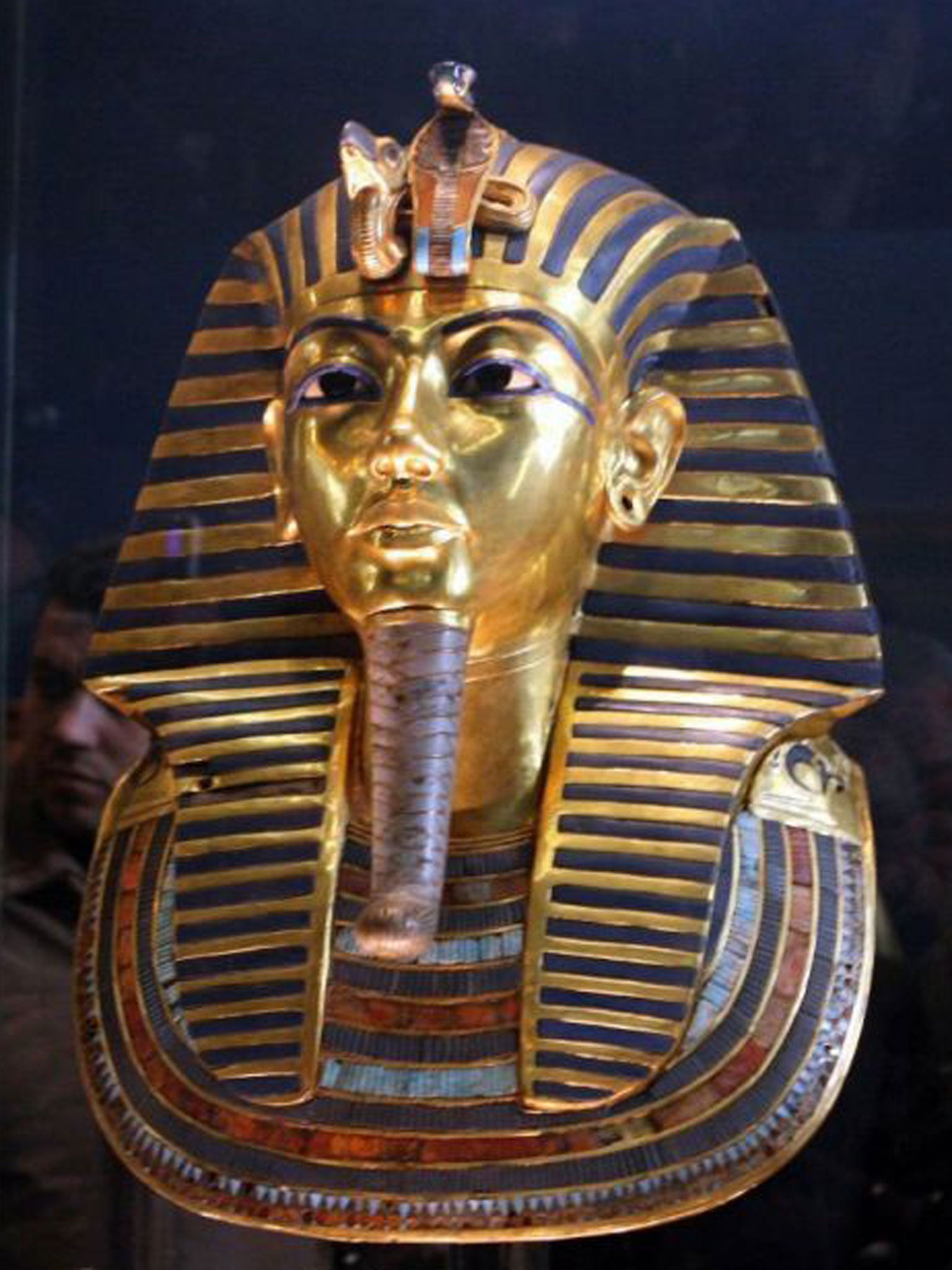Radio review: Wow! How Did They Do That? - From King Tut and Jacko to the discovery of DNA

Your support helps us to tell the story
From reproductive rights to climate change to Big Tech, The Independent is on the ground when the story is developing. Whether it's investigating the financials of Elon Musk's pro-Trump PAC or producing our latest documentary, 'The A Word', which shines a light on the American women fighting for reproductive rights, we know how important it is to parse out the facts from the messaging.
At such a critical moment in US history, we need reporters on the ground. Your donation allows us to keep sending journalists to speak to both sides of the story.
The Independent is trusted by Americans across the entire political spectrum. And unlike many other quality news outlets, we choose not to lock Americans out of our reporting and analysis with paywalls. We believe quality journalism should be available to everyone, paid for by those who can afford it.
Your support makes all the difference.Tutankhamen is a long way from the minds of those embroiled in deadly conflict in Cairo, but when order returns, Egypt can have a new tourist attraction. In a workshop in Madrid, a life-size facsimile of the pharaoh’s tomb is ready to move to the Valley of the Kings, as soon as the powers-that-be give the nod.
Historical facsimiles are Adam Lowe’s speciality, and if we recoil at the idea of his copied Veronese painting replacing the one in Venice that Napoleon made off with, Lowe points to that city as a whole. The opera house, La Fenice – a facsimile. The campanile, ditto. The horses prancing over San Marco, ringers.
In Wow! How Did They Do That?, Roger Law, who as a Spitting Image originator knows a thing or two about copies, for the first of five programmes visited Lowe and fellow 3D artist Steve Haines, who models giant-sized replicas of celebrities and oddities. A colossal Iggy Popp looks on; there’s a larger-than-life Michael Jackson. Haines works in clay, then makes a fibreglass cast. Hard to say whether, for once, the radio lacked pictures, or whether lack of vision was a mercy.
Haines has taken 3D printing beyond the novelty stage to practical application. He calls it the new industrial revolution. The current generation are consumers, he says; the next will not shop for the things they desire. They’ll print them.
There were earlier scientific breakthroughs in Bragg on the Braggs (Radio 4, Tuesday *****), in which Melvyn Bragg investigated his distant cousins who, in 1915, won the Nobel Prize for Physics for their work on X-ray crystallography. This in turn led to the discovery of DNA and informed research into mutations and new drugs.
Father and son William and Lawrence Bragg both held prestigious academic posts. But during the First World War, Lawrence, who heard about the Nobel award while in the trenches, made calculations that pinpointed the location of German guns, allowing the Allies to fire back with devastating accuracy, so, arguably hastening the end of hostilities.
Told with Bragg’s customary pace and clarity, this remarkable family story made modelling the King of Pop seem rather trivial.

Join our commenting forum
Join thought-provoking conversations, follow other Independent readers and see their replies
Comments